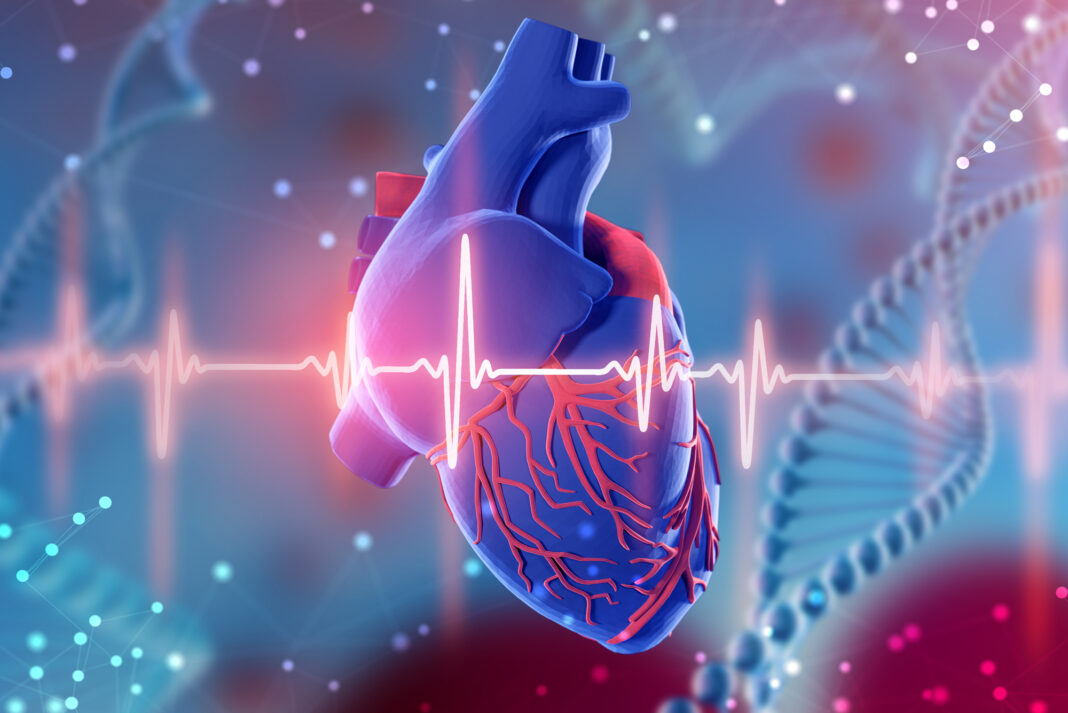Electrical pacemakers have become a backbone in therapeutic intervention for slow heart rhythms resulting from conduction system disease. Although decades of innovations have greatly improved the safety and efficacy of implantable electrical pacemakers, several challenges remain. Now, researchers at the Smidt Heart Institute at Cedars-Sinai have identified how biological pacemaker cells—cells that control your heartbeat—can “fight back” against therapies to biologically correct abnormal heartbeat rates. The research also uncovered a new way to boost the effectiveness of RNA therapies by controlling this “fighting back” activity.
Their findings, “MicroRNA-dependent suppression of biological pacemaker activity induced by TBX18,” are published in Cell Reports Medicine.
“We are all born with a specialized group of heart cells that set the pace for our heartbeats,” said Eugenio Cingolani, MD, senior author of the study and director of the cardiogenetics program in the Smidt Heart Institute at Cedars-Sinai. “But in some people, this natural heartbeat is too slow, leading to the need for an electronic pacemaker.”
“But the biggest problem is that the machines do not cure the problem,” Cingolani said. “They only allow you to find a way around it. Our intention is to create a biological solution, cells that we can reprogram within the heart to naturally stabilize the heartbeat.”
The researchers harnessed the same modified messenger RNA (mRNA) technology used in creating the Pfizer and Moderna COVID-19 vaccines. They injected laboratory mice with mRNA that was chemically modified to express a protein called TBX18. In doing so, they found that heart cells “fought back.” They inhibited TBX18 protein expression by producing microRNAs, nature’s own regulatory molecules that specifically fine-tune gene expression. As a result, the amount of TBX18 protein produced was insufficient to support the heartbeat.
The team looked for a way to bypass the suppressive effect of the microRNAs. After identifying the precise microRNAs involved, the investigators used chemical antagonists to specifically suppress those microRNAs, increasing TBX18 protein expression, and stabilizing the heartbeat.
“This concept that cells ‘fight back’ against modified RNA is of practical importance, as it suggests how one might improve the effectiveness of RNA therapy,” said study author Eduardo Marbán, MD, PhD, executive director of the Smidt Heart Institute and the Mark S. Siegel Family Foundation distinguished professor. “We now have a clearer picture of how to inhibit microRNAs, release the brake, and ultimately get better gene expression.”
Of equal significance, researchers found a similar reaction—the cells’ ability to fight back—is at play in limiting the expression of VEGF-A, an alternative type of chemically modified messenger RNA that has been used to grow new blood vessels.
As a next step, Cingolani, Marbán, and the team are planning additional studies to assess the long-term efficacy and safety, with a view to eventually apply the insights to improve the efficacy of mRNA therapy in clinical trials.



